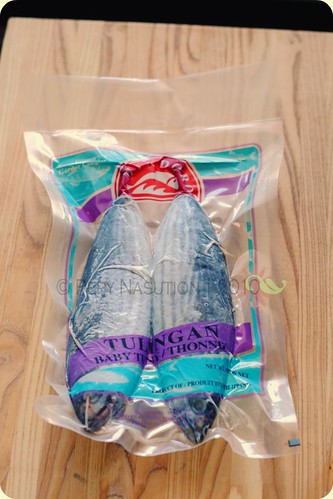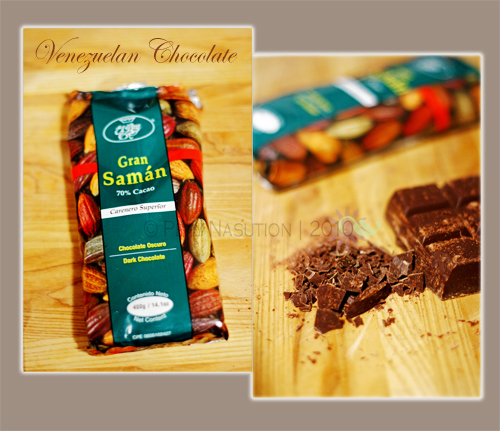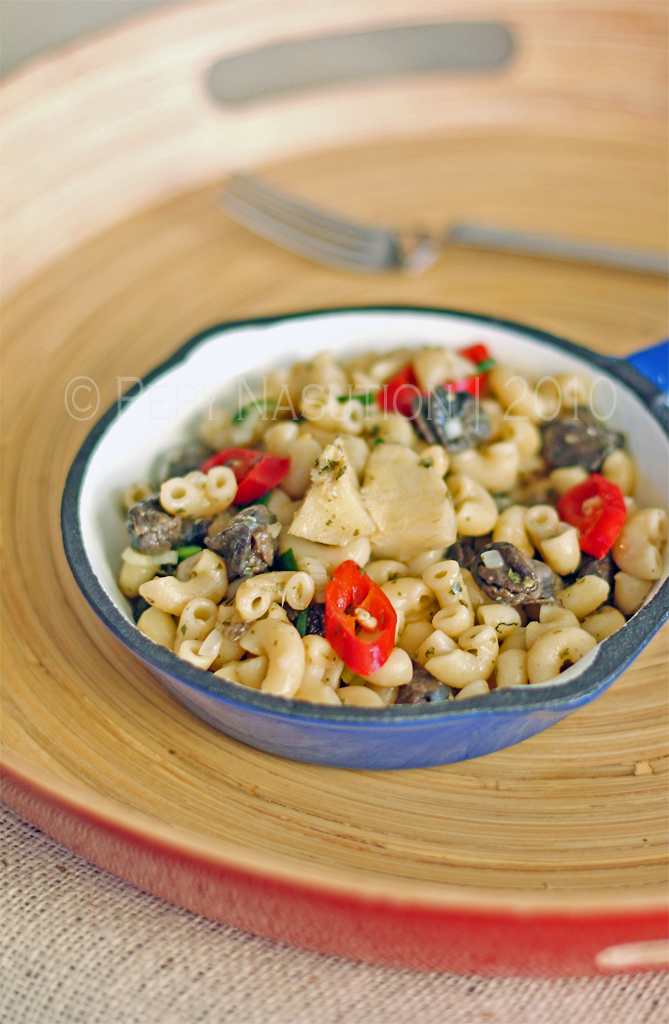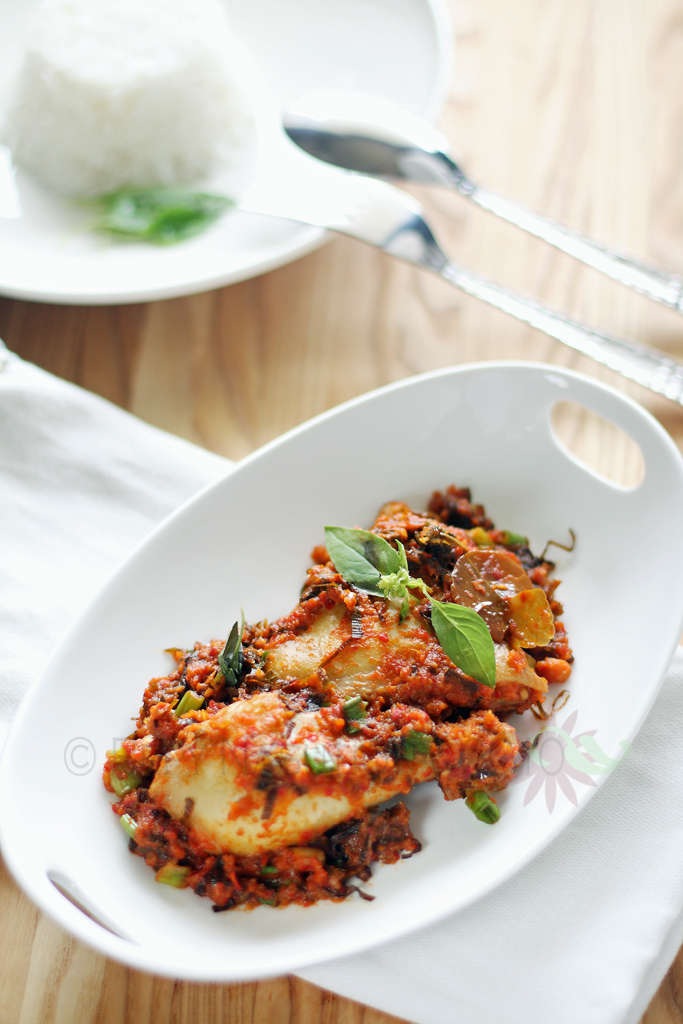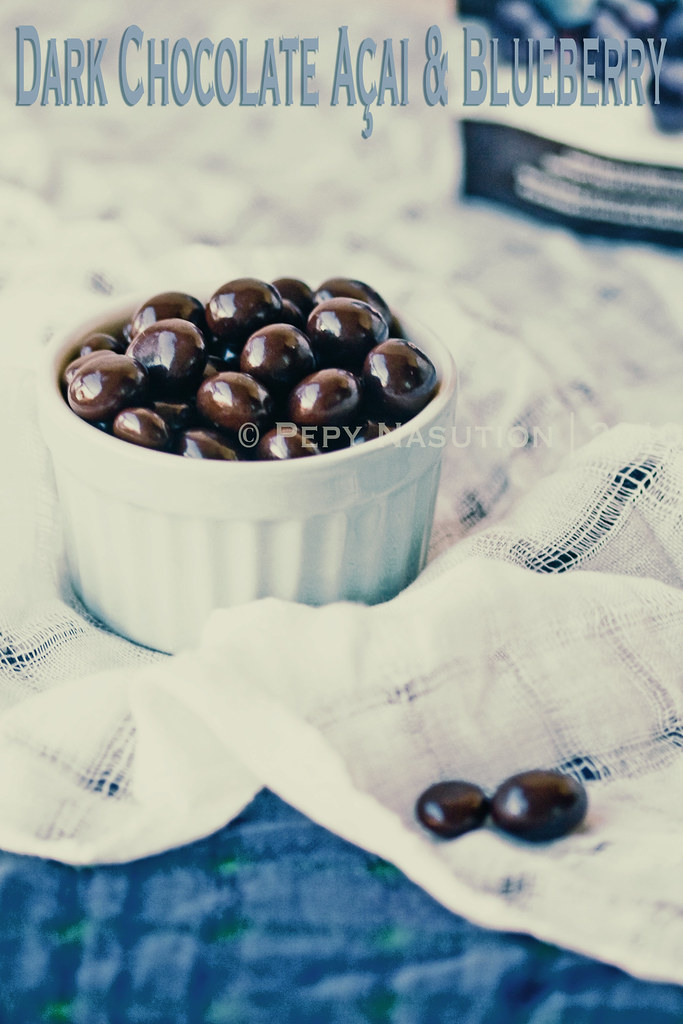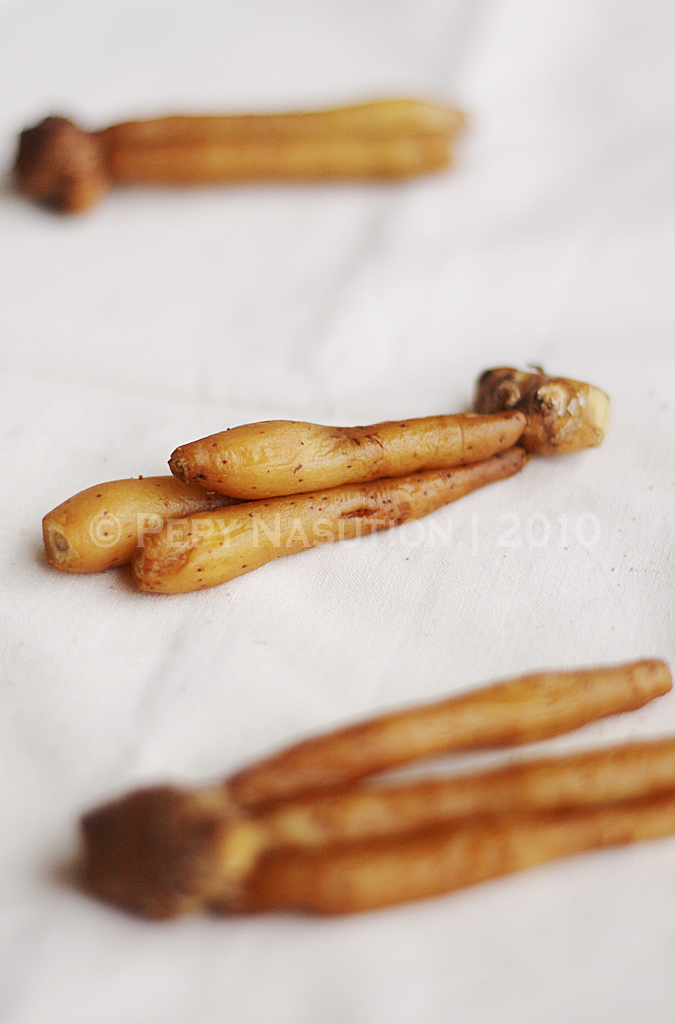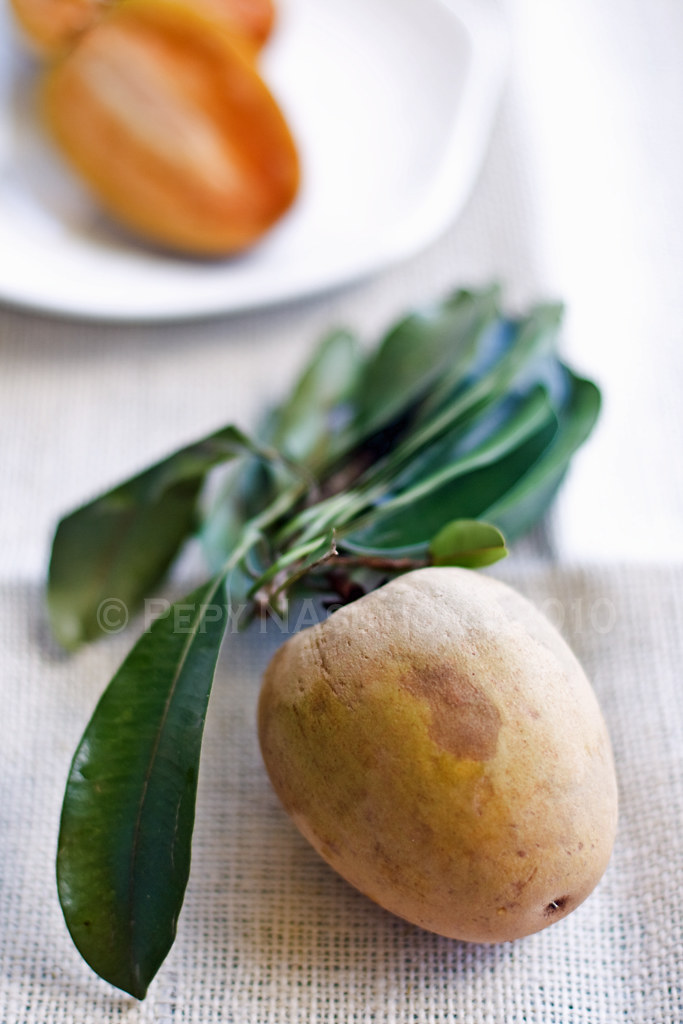
Cantik means pretty while manis means sweet. It's straight forward translated from its name. Even though the name is cantik manis, I reduced the sugar amount from the recipe that I saw in my Yasa Boga cookbook. It's very easy to make, no steaming or baking process. Cantik manis is also popular during Ramadan in Indonesia. Usually, there are evening markets that sold traditional goodies before the Iftar time, so people can buy and bring them for breaking their fast at home or mosque.
Anybody who wants to participate in Joy From Fasting To Feasting (season-III) who is hosted by Lubna Karim, feel free to click the link above. You don't have to be a Muslim to join the event. The more the merrier, don't you think?

Originally, these little cute dessert cakes are wrapped individually in thick plastics or banana leaves. However, I couldn't find thick plastic wrappers and too lazy to thaw and shape my frozen banana leaves. I used my bite-size brownie squares 24-cavity silicone and putu ayu moulds. Below is the pictures.
 |  |
Cantik Manis
- Indonesian Sweet Pretty Cakes -
Ingredients:
� 100 g colourful sago/tapioca pearls (Indonesian: biji mutiara)
� 50 g mung bean flour (Indonesian tepung hunkwe)*
� 500 mL coconut milk (If you use a 400 mL coconut milk in a can, just add another 100 mL water)
� � tsp salt
� 90 g sugar (the recipe calls for 100 g)
� 1 pandan leaf, knotted
� banana leaves or plastic sheets, for wrapping (I used moulds)

Methods:
� In a boiling water, put sago pearls and cook until done and transparent and strain.
� Dilute mung bean flour with some parts of coconut milk and set aside.
� Boil remaining coconut milk and pandan leaf with salt, then add mung bean flour mixture and stir. Add sugar, stirring until the sugar is dissolved. Add sago pearls, stir well and remove from heat.
� Pour the mixture into moulds. Leave to cool. Unmould the cakes and serve.
Cook's Note:
* For people who can't find tepung hunkwe, you may substitute for the Korean mung bean starch by reducing the amount of mung bean flour that I used in this recipe.
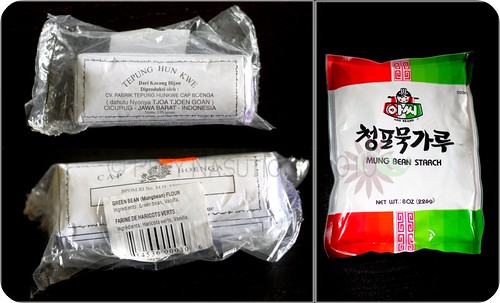
Mung bean flour is known as tepung hunkwe in Indonesian. However, there is a bit different with the Korean mung bean starch on the right hand side picture. If you notice tepung hunkwe is translated as flour not starch since it's mixed with vanilla. The Korean one is pure starch.

